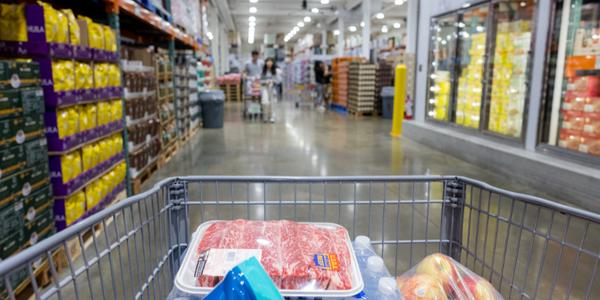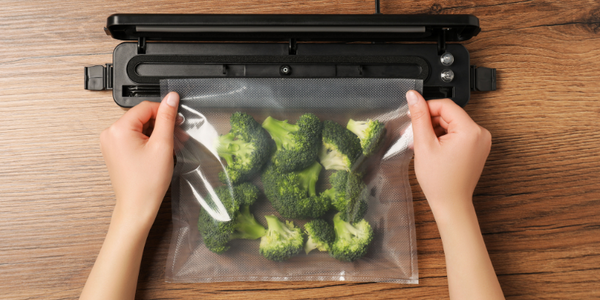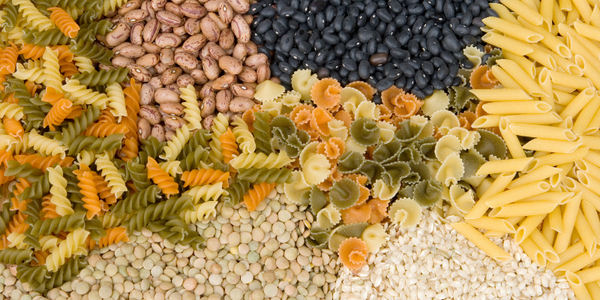Posted on January 27 2021

With the invasion of America by COVID-19, there has come renewed interest in storing of foods for times when there may be shutdowns or quarantines. There are also those who just choose to stay at home and minimize their trips to crowded venues like the local grocery store.
Health Benefits with Longer Shelf Lives
While most shoppers are familiar with and often buy dried fruits or vegetables like onions and herbs, they may not know how easy and inexpensive it is to dry their own fruits and vegetables. Most vegetables and fruits retain all or much of their health value, vitamins, and minerals when dried. By weight, dried fruit contains up to 3.5 times the fiber, vitamins and minerals of fresh fruit. Fiber fights heart disease, obesity, and some types of cancer. Dried fruit generally contains a lot of fiber and is a great source of antioxidants, especially polyphenols. Polyphenol antioxidants are associated with health benefits such as improved blood flow, better digestive health, decreased oxidative damage and reduced risk of many diseases
A dehydrator takes up only a small space on the counter in the kitchen, and they can be found for $50 to $100 or a little more depending on features and construction. A multi-tray dehydrator can accommodate quite a bit of food. Using a dehydrator is as easy as pushing a button: just plug it in, turn the dial and go. The best models circulate hot air evenly throughout, so you don't have to worry about rotating the dehydrator trays.
Dried foods have long shelf lives, even if stored in plastic bags or containers without vacuum. Freezing them lengthens that shelf life considerably. And a vacuum sealer can give you the ability to keep dried fruits and vegetables much longer, especially if you also freeze them.
Fruits and Vegetables Often Taste Better
Dried vegetables are really great for those who like stews and soups. Rehydrating them is easy and fast, and they often deliver a more intense flavor due to its concentration in the drying process. A good example would be tomatoes. Drying them intensifies their flavor, and it is easy to pull them out of the freezer and add them to a soup or stew.
Dried fruits, especially bananas and apples, make for super snacks later. The flavor is retained, as well as the health value. Dried apricots are a popular fruit snack too, and their flavor is often intensified with the drying process.
Vacuum sealing dried foods adds to the shelf life, and freezing vacuum sealed items increases storage time considerably. Many vacuum sealers are inexpensive, and our FoodVacBags vacuum sealer bags and rolls are as well. Vacuum sealing has replaced the traditional canning process in many homes or at the very least is a complement to canning.
Solutions for Sealing and Storage
The most common sealer is a small footprint clamshell design into which the open end of the bag is inserted. The sealer then pulls a vacuum in the bag and seals it with heat. You can buy bags in various sizes, the most common being quart and gallon size. They can be used again as well after washing.
Another approach to vacuum sealing is a small handheld sealer. Many of the regular sealers have a tube attached with a handheld vacuum valve for the same purpose. These type of bags are typically more expensive, but you can use these for items you want to open, use some, and then reseal easily. FoodVacBags also has zipper vacuum sealer bags that you can seal, open, use some and reseal again that seal with a clamshell vacuum sealer, without the need of a valve.
For a snack, you can open the bag, eat what you want, grab the vacuum sealer, and reseal it to keep what is left fresh for later. The ideal setup uses both type bags. The majority of storage is with the less expensive normal bag without the zipper. Items that you know you want to use only a portion of them, maybe a large bag of dried tomatoes, would be stored in the zipper bags for resealing each time you use some of them.
The National Center for Home Food Preservation is a good reference for more in-depth guidance on packaging and storing dried foods.
Every kitchen, large or small, can accommodate a food dehydration and vacuum sealing system that is both economical and a long term storage solution for food reserves.
Related Posts

The Six Rules To Follow When Buying In Bulk

Eat Fresh Garden Veggies All Winter Long



Hi Patrick – We are so happy you enjoy using our products! If you think of a question or something we could help you with, please feel free to reach out to us. We are always happy to help.
Happy Vacuum Sealing!
As always you folks are a wealth of information and provide a great product at a very good price. We love the customer service and the fast shipping. You are our go to store for food preservation. Thanks again and keep up the wonderful service.